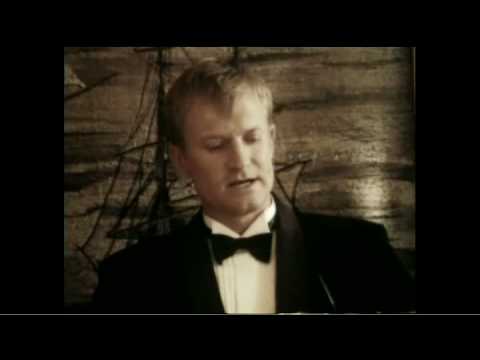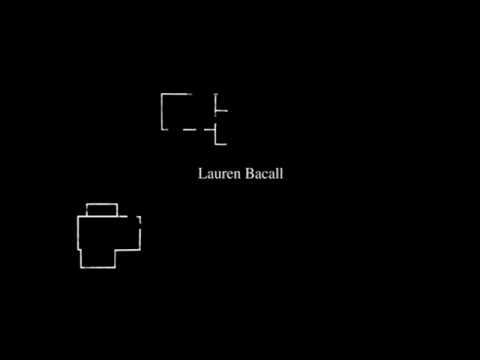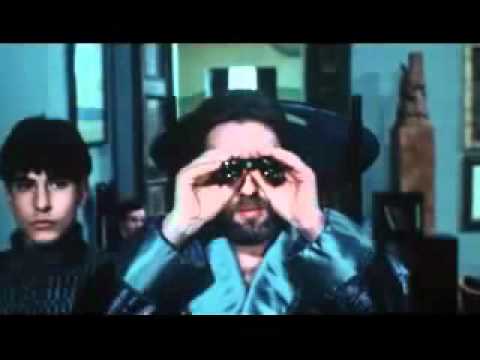To do A
Critically looking at the context of a taboo-breaking artwork
Search for cultural objects – performances, visual artworks, art installations, comedies, games, films, essays, poems – that could be seen as “taboo-breaking”. Make a list of those you find the most interesting. Then, following the example of Dick Zijp his analysis of the work of Hans Teeuwen in the essay, look at the context the work is part of.




